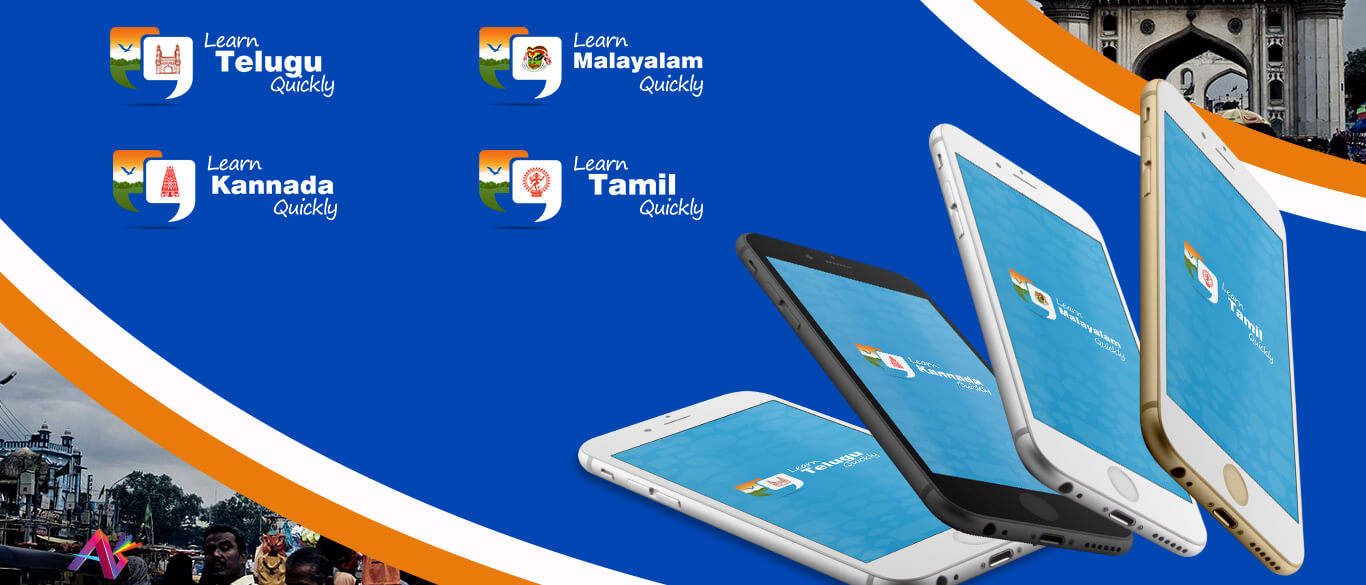Telugu, Kannada, Tamil and Malayalam – Classical Languages of India
Telugu, Kannada, Tamil and Malayalam belong to the Dravidian language family and spoken primarily in southern India. These four Dravidian languages, Tamil, Malayalam, Kannada and Telugu, are classified as ‘Classical Languages of India’ due to its long history ranging from 1500 to 2000 years. Tamil was the first Classical Language of India. The government declared Tamil (in 2004), Sanskrit (in 2005). These two languages are undoubtedly parental sources for many languages belonging to the Indo-European family and the Dravidian family of linguistic groups. Later the government declared Kannada and Telugu (in 2008) as classical languages of India. In 2013, Malayalam was also given status of classical language.
Did you know that each of these languages have a very rich history and culture?
- each language has a high antiquity of its early texts/recorded history over a period of 1500–2000 years;
- each language has a valuable heritage (ancient literature/texts);
- each language has an original literary tradition i.e. not borrowed from another speech community;
Some interesting facts about these languages:
- Telugu language is 2400 years old and has more speakers in India alone then French speakers in the world.
- Kannada language has the second oldest written tradition of all vernacular languages of India. More than a thousand notable writers have contributed to the wealth of the language.
- Tamil language is thought to be one of the oldest classical languages in the world (been spoken since 500BC).
- Malayalam, the language spoken in the southern Indian state of Kerala, is a palindrome
These languages are spoken in states very close to each other and surely whilst having similarities have their own individuality which set them apart from each other.
In your opinion how similar or different are they from each other?

